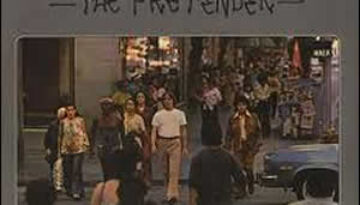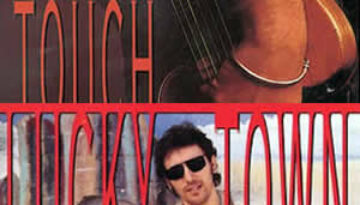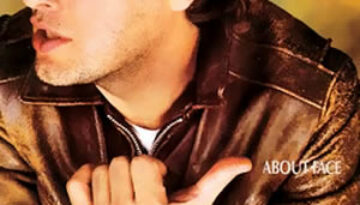The Pretender by Jackson Browne
Buy The Pretender Written the the wake of a personal tragedy, The Pretender, by Jackson Browne brings the listener on a subtle journey. It begins by exploring the heavy burdens and trials of […]

Buy The Pretender Written the the wake of a personal tragedy, The Pretender, by Jackson Browne brings the listener on a subtle journey. It begins by exploring the heavy burdens and trials of […]

Buy Pretzel Logic At first glance, Steely Dan‘s third album, Pretzel Logic, may seem almost too short and efficient. Many of the songs do not even reach three minutes in length and the […]

Buy Human Touch Buy Lucky Town The 1980s were incredibly successful for Bruce Springsteen, both commercially and critically. However, with the break-up of the E Street band in late 1989 and Springsteen’s relocation […]

Buy About Face There are some musical creations that are astoundingly forgotten. David Gilmour’s 1984 solo album, About Face, is one of these. This is sad considering it just might be one of […]